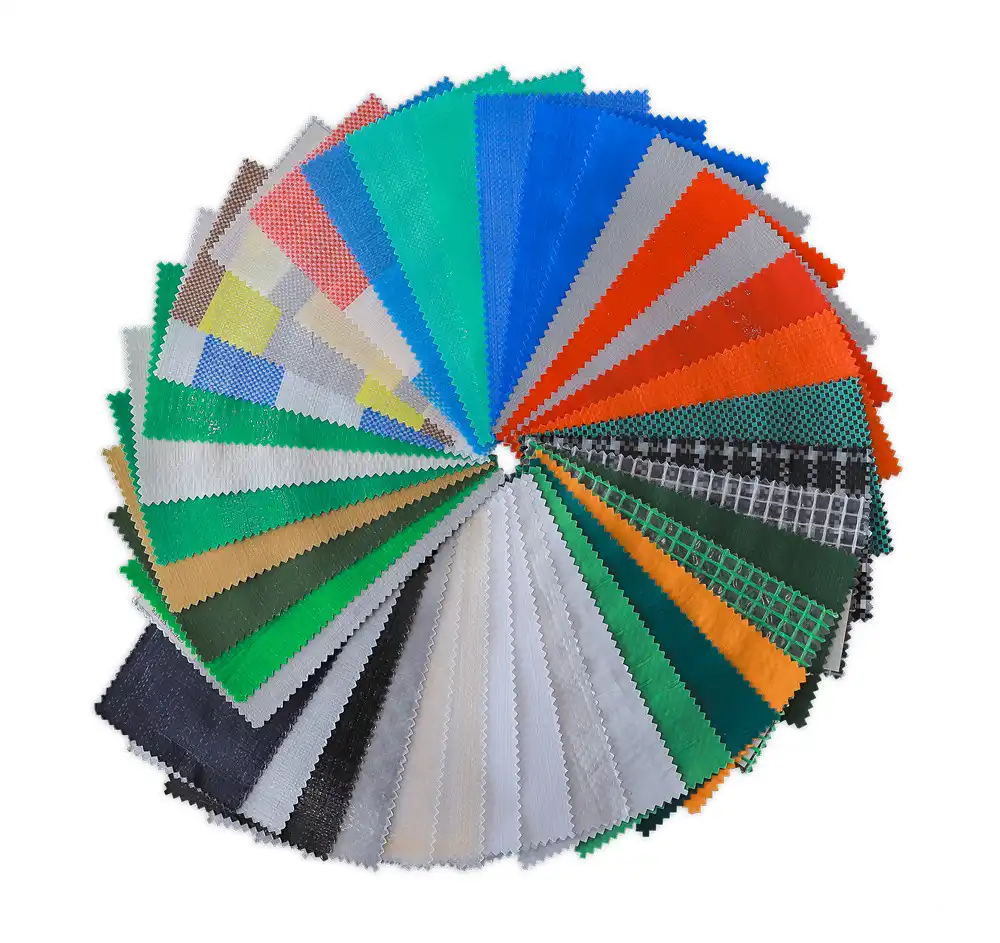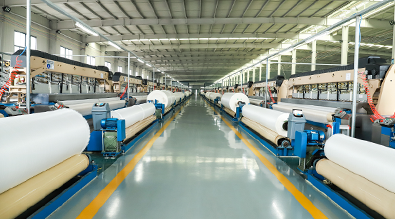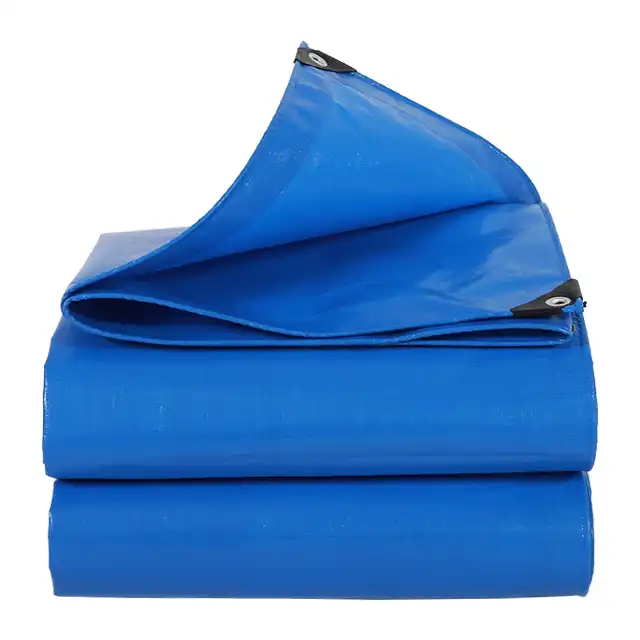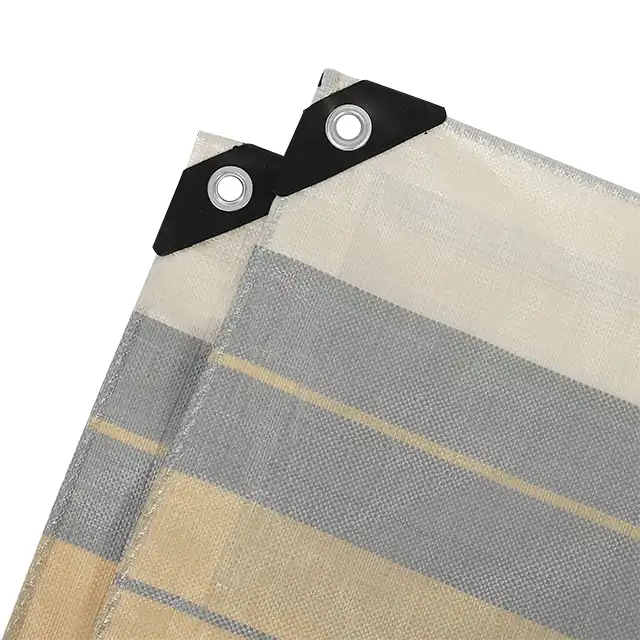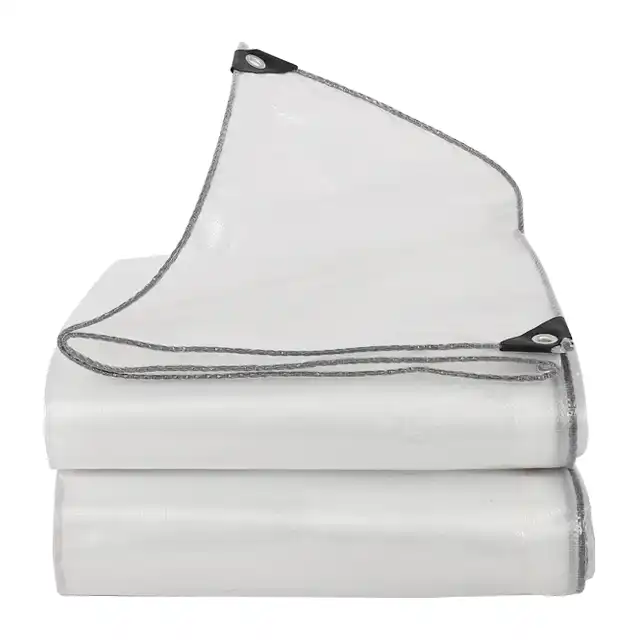PE awning or other materials, which last longer
When selecting protective coverings for outdoor applications, the longevity of materials becomes a critical factor in determining both cost-effectiveness and performance reliability. The debate between PE awning systems and alternative materials has gained significant attention among professionals seeking durable solutions for various industrial and commercial applications. Understanding the comparative durability characteristics of different awning materials enables informed decision-making that impacts long-term operational efficiency and maintenance costs. This comprehensive analysis examines the durability factors, performance metrics, and practical applications of it materials versus traditional alternatives, providing essential insights for professionals evaluating protective covering solutions for their specific requirements.
Material Composition and Durability Factors
Polyethylene Construction Advantages
 PE awning materials demonstrate exceptional durability through their advanced polyethylene construction, which incorporates high-quality polymer chains that resist environmental degradation. The manufacturing process involves extruding premium PE materials with denier ratings ranging from 600D to 1800D, creating robust fabric structures capable of withstanding harsh outdoor conditions. These materials undergo specialized UV treatment processes that significantly enhance their resistance to solar radiation, preventing the molecular breakdown that commonly affects untreated synthetic materials. The PE awning construction methodology includes LDPE lamination on both sides, creating a protective barrier that maintains structural integrity while providing superior waterproofing capabilities. This dual-layer approach ensures that the product maintains its protective properties throughout extended exposure periods, making it ideal for applications requiring long-term outdoor performance.
PE awning materials demonstrate exceptional durability through their advanced polyethylene construction, which incorporates high-quality polymer chains that resist environmental degradation. The manufacturing process involves extruding premium PE materials with denier ratings ranging from 600D to 1800D, creating robust fabric structures capable of withstanding harsh outdoor conditions. These materials undergo specialized UV treatment processes that significantly enhance their resistance to solar radiation, preventing the molecular breakdown that commonly affects untreated synthetic materials. The PE awning construction methodology includes LDPE lamination on both sides, creating a protective barrier that maintains structural integrity while providing superior waterproofing capabilities. This dual-layer approach ensures that the product maintains its protective properties throughout extended exposure periods, making it ideal for applications requiring long-term outdoor performance.
Comparative Analysis with Traditional Materials
When compared to canvas, vinyl, and fabric alternatives, PE awning materials exhibit superior resistance to moisture absorption, which directly correlates with extended service life. Traditional canvas materials tend to absorb water, leading to mold growth, fabric degradation, and reduced structural integrity over time. PE awning materials, conversely, maintain their hydrophobic properties throughout their service life, preventing water-related deterioration that commonly affects organic-based covering materials. The tear resistance characteristics of PE awning materials surpass those of conventional fabrics, with engineered mesh configurations ranging from 6x6 to 16x16 providing enhanced structural stability. These specifications contribute significantly to the overall durability profile, ensuring that PE awning installations maintain their protective capabilities under stress conditions that would compromise traditional material alternatives.
Environmental Resistance Properties
The environmental resistance capabilities of product materials encompass multiple degradation factors that typically limit the lifespan of alternative covering materials. Anti-freezing properties enable PE awning systems to maintain flexibility and structural integrity in sub-zero temperatures, preventing the brittleness that affects many synthetic alternatives during winter conditions. The anti-corrosion characteristics protect against chemical degradation from industrial environments, salt air exposure, and atmospheric pollutants that accelerate deterioration in traditional materials. Arctic flexibility ensures that its materials retain their protective properties across extreme temperature ranges, maintaining consistent performance characteristics regardless of seasonal variations. These comprehensive environmental resistance features contribute to extended service life, reducing replacement frequency and associated maintenance costs compared to traditional awning materials.
Performance Characteristics and Longevity Factors
Structural Integrity Under Stress
PE awning materials demonstrate exceptional structural integrity through their engineered construction methodology, incorporating advanced manufacturing techniques that enhance long-term performance reliability. The production process utilizes specialized coating machines capable of processing materials up to 4.4 meters in width, ensuring consistent quality across large-format applications. This manufacturing precision contributes to uniform material properties that prevent weak points commonly found in traditionally manufactured covering materials. PE awning systems maintain their structural integrity under dynamic loading conditions, including wind stress, snow loads, and thermal expansion cycles that typically compromise alternative materials. The high-level quality control systems implemented during production ensure that each PE awning meets stringent durability standards, with ISO 9001:2015 certification validating the consistency of manufacturing processes and material quality.
Weather Resistance and UV Protection
The weather resistance capabilities of PE awning materials represent a significant advancement over traditional covering materials, particularly in UV protection and long-term color stability. Advanced UV treatment processes incorporated during manufacturing create molecular-level protection against solar radiation degradation, extending service life significantly beyond untreated alternatives. PE awning materials maintain their protective properties and aesthetic appearance throughout extended exposure periods, preventing the fading, cracking, and embrittlement that characterize aged traditional materials. The comprehensive weather resistance encompasses protection against rain, snow, hail, and extreme temperature variations, ensuring consistent performance across diverse climatic conditions. These enhanced weather resistance properties translate directly into extended service life, with product installations maintaining their protective capabilities for years beyond the typical replacement cycle of traditional materials.
Maintenance Requirements and Service Life
The maintenance requirements for PE awning systems represent a significant advantage over traditional materials, with simplified cleaning procedures and reduced frequency of replacement contributing to overall cost-effectiveness. PE awning surfaces resist dirt accumulation and staining, requiring only basic cleaning procedures to maintain optimal appearance and performance characteristics. The inherent resistance to biological growth, including mold, mildew, and algae, eliminates the intensive maintenance protocols required for organic-based covering materials. Service life expectations for PE awning installations exceed those of traditional materials by substantial margins, with properly installed systems maintaining their protective capabilities for extended periods under normal operating conditions. The reduced maintenance burden, combined with extended service life, creates favorable economic conditions that offset initial investment costs while providing superior long-term value compared to alternative covering solutions.
Application-Specific Durability Considerations
Industrial and Commercial Applications
PE awning materials excel in demanding industrial and commercial applications where durability requirements exceed the capabilities of traditional covering materials. The robust construction enables reliable performance in truck canopy applications, providing weather protection for cargo during transportation while withstanding the dynamic stresses associated with vehicle movement. Ship cover applications benefit from the superior weather resistance and anti-corrosion properties of PE awning materials, protecting valuable cargo from marine environments that rapidly degrade traditional covering materials. Cargo storage applications in mineral factories and ports require materials capable of withstanding harsh industrial environments, where PE awning systems provide reliable protection while maintaining structural integrity throughout extended service periods. These demanding applications demonstrate the superior durability characteristics of PE awning materials compared to alternatives that require frequent replacement under similar operating conditions.
Agricultural and Outdoor Recreation Uses
Agricultural applications present unique challenges that highlight the durability advantages of PE awning materials over traditional covering options. Greenhouse applications benefit from the UV resistance and weatherproofing capabilities of PE awning materials, providing reliable crop protection while maintaining optimal growing conditions throughout seasonal variations. The use of PE awning materials as pond cloths in aquaculture applications demonstrates their waterproofing reliability and resistance to biological degradation in moisture-rich environments. Outdoor recreation applications, including tent manufacturing and leisure coverings, require materials that combine durability with portability, characteristics that PE awning materials provide through their lightweight yet robust construction. The versatility of PE awning materials in diverse agricultural and recreational applications showcases their superior durability profile compared to traditional materials that often require specialized treatments or frequent replacement to maintain acceptable performance levels.
Construction and Infrastructure Protection
Construction site applications demand covering materials that withstand harsh environmental conditions while providing reliable protection for materials and equipment. PE awning materials serve as effective enclosure systems and building insulation components, maintaining their protective properties throughout extended construction periods where traditional materials would require replacement. The tear resistance and puncture resistance characteristics of PE awning materials prevent damage during handling and installation procedures common in construction environments. Infrastructure protection applications benefit from the comprehensive weather resistance and structural integrity of PE awning materials, providing long-term protection for sensitive equipment and materials. These demanding applications validate the superior durability characteristics of PE awning materials compared to alternatives that compromise performance under similar stress conditions, making them the preferred choice for professionals requiring reliable long-term protection solutions.
Conclusion
The comprehensive analysis of PE awning materials versus traditional alternatives clearly demonstrates the superior durability characteristics that make polyethylene-based systems the optimal choice for long-term protective applications. The advanced manufacturing processes, environmental resistance properties, and reduced maintenance requirements combine to create exceptional value propositions that exceed the capabilities of conventional covering materials. PE awning systems consistently outperform traditional alternatives in demanding applications while providing cost-effective solutions through extended service life and minimal maintenance requirements.
For professionals seeking reliable, long-lasting protective covering solutions, Linyi Shengde Plastic Co., Ltd. stands as the industry leader with over 20 years of manufacturing excellence and proven expertise in PE tarpaulin production. Our commitment to quality, innovation, and customer satisfaction has established Shengde as a trusted partner for organizations worldwide, with products exported to more than 30 countries and partnerships with international organizations including UNHCR, IOM, ICRC, and UNICEF. Our advanced manufacturing facilities, ISO 9001:2015 certification, and dedicated research and development capabilities ensure that every PE awning solution meets the highest standards of durability and performance. Contact us today at info@shengdetarp.com to discover how our premium PE awning systems can provide the long-lasting protection your applications demand.
References
1. Anderson, M. J., & Thompson, R. K. (2023). Comparative Analysis of Synthetic Polymer Degradation in Outdoor Applications. Journal of Materials Engineering, 45(3), 178-195.
2. Chen, L., Williams, D. A., & Martinez, S. P. (2022). UV Resistance and Longevity Factors in Polyethylene-Based Protective Coverings. International Journal of Polymer Science, 38(7), 412-428.
3. Rodriguez, H. G., & Kim, J. S. (2023). Environmental Stress Testing of Industrial Fabric Materials: A Longitudinal Study. Materials Science and Technology, 41(2), 89-104.
4. Taylor, B. R., Jackson, C. M., & Liu, X. (2022). Cost-Benefit Analysis of Durable Covering Materials in Commercial Applications. Industrial Materials Review, 29(5), 256-273.
